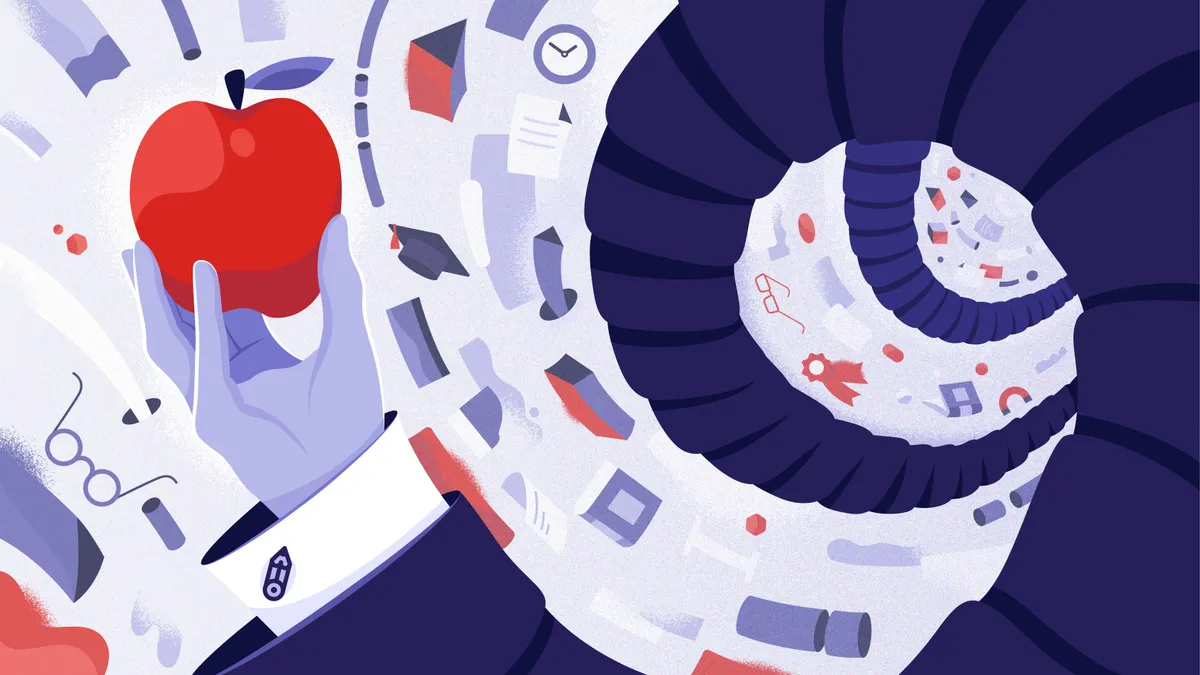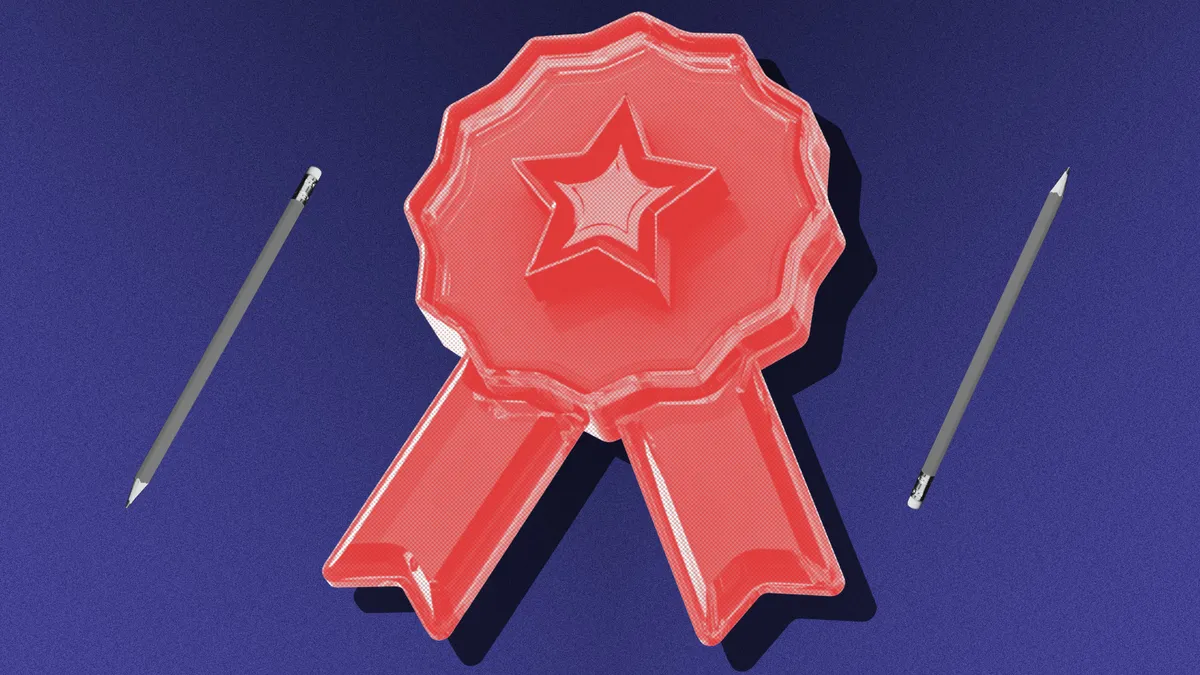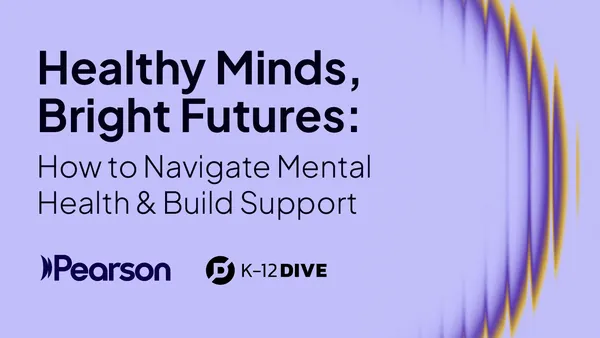Dive Brief:
- Iceland, Canada, Israel, Sweden and Taiwan have studied ADHD and ADD in students, and research shows that the youngest students in each grade are 20% to 100% more likely to be diagnosed or medicated for the ailment than their older peers.
- The newest study, conducted in Taiwan and published in the Journal of Pediatrics, put the percentage at 75%.
- Some doctors and experts chalk the disparity up to emotional and social maturity differences that naturally occur in a developmental year.
Dive Insight:
Saying teachers and evaluators are likely to measure children side-by-side against the behavior of classmates, some pediatricians point to the "huge difference in developmental and social and emotional maturity" of a 6- versus 7-year-old who may be in the same classroom. This presents another demographic variable in diagnostic patterns. Previously, experts have pointed to the race and discipline gaps that correlate to ADHD identification and diagnosis. David Ramey, the Pennsylvania State University professor, conducted one study and found that "for the same minor levels of misbehaviors — for example, classroom disruptions, talking back— white kids tend to get viewed as having ADHD, or having some sort of behavioral problem, while black kids are viewed as being unruly and unwilling to learn."
Ed tech companies have also already made a move to cash in on ADHD. Last fall, the company Brili Inc. launched an app aimed at helping families "manage the challenges of ADHD." The U.S. Center for Disease Control claims that 11% of students in the U.S. have ADHD, and 25% of parents of ADHD kids also suffer from the disorder.






 Dive Awards
Dive Awards





